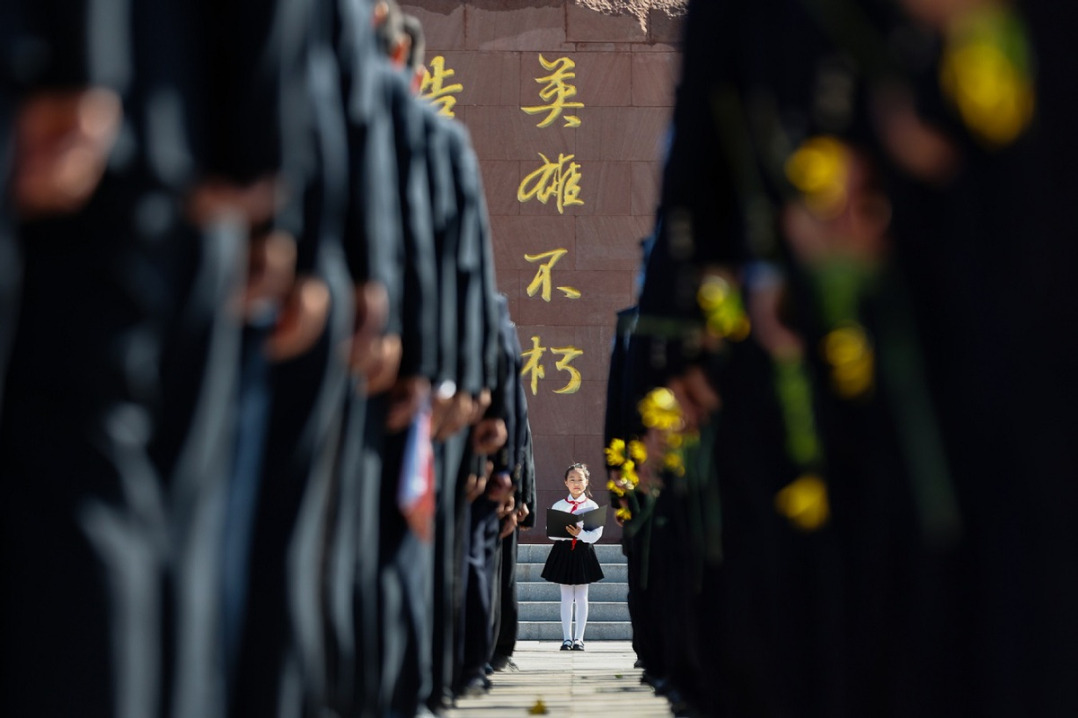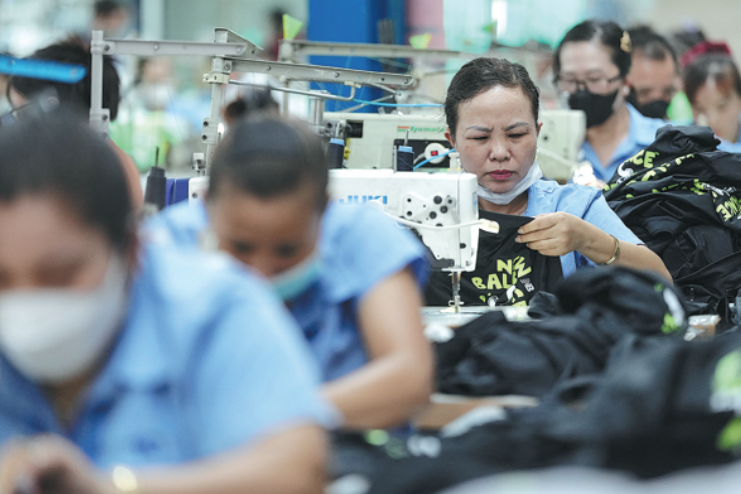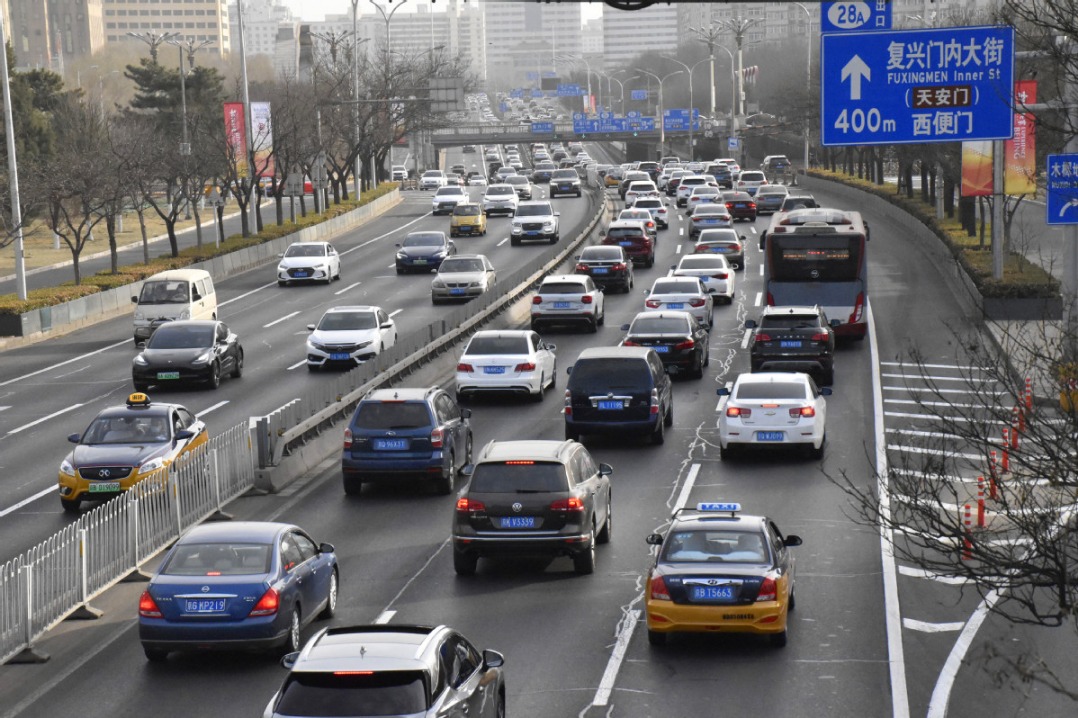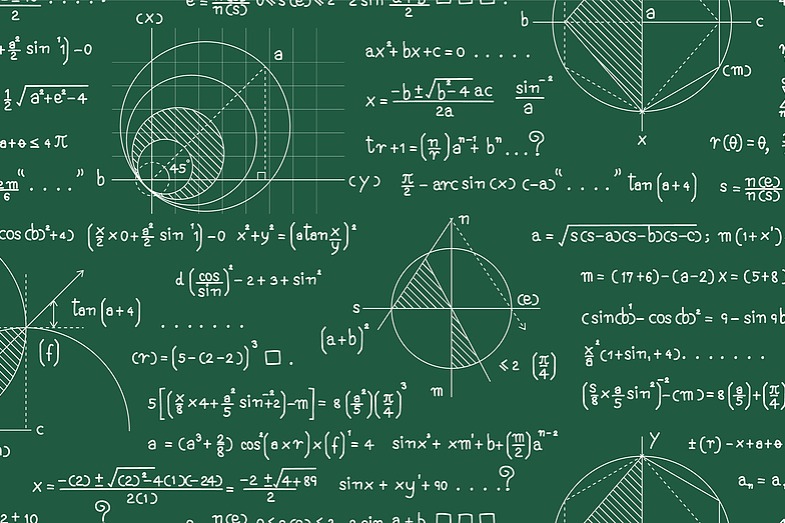China wants to reduce control of changes in yuan's exchange rate
By Wang Yanfei | chinadaily.com.cn | Updated: 2017-09-24 15:48
China has suggested reducing control over fluctuations of the yuan's exchange rate, stepping up efforts to allow the yuan to float freely against other currencies, according to a report by a leading think tank on Saturday.
The central bank should let the market play a greater role and does not need to intervene unless the currency witnesses sharp depreciation or appreciation going beyond the benchmark, which is 7.5 percent on average each year on either side, according to the Jingshan report by China Finance Forum 40.
The report said the government does not need to keep a close eye on the currency on a daily basis.
Choosing 7.5 percent as a reference is random; widening the fluctuation range represents a step forward moving to a more market-based onshore foreign exchange regime, the report said.
China currently allows the yuan to move a maximum 2 percent on either side of the daily reference rate set by the central bank each day before the market opens.
The range was last widened in March 2014 from 1 percent, and before that doubled from 0.5 percent in April 2012.
The government suggests intervening as little as possible and should not try to intervene through using, say, the newly introduced countercyclical factor, the report said.
The central bank added a new factor to the currency's pricing model in May, providing more room for the government to maintain stability, some experts say.
China has come to the right and appropriate time to move a step forward, mainly supported by relative stable economic fundamentals and better market expectations for the currency, according to Zhang Bin, one of authors of the report.
"We should not miss the opportunity," he said. "Reform comes at minimal costs when all signs are in favor of reform."
























